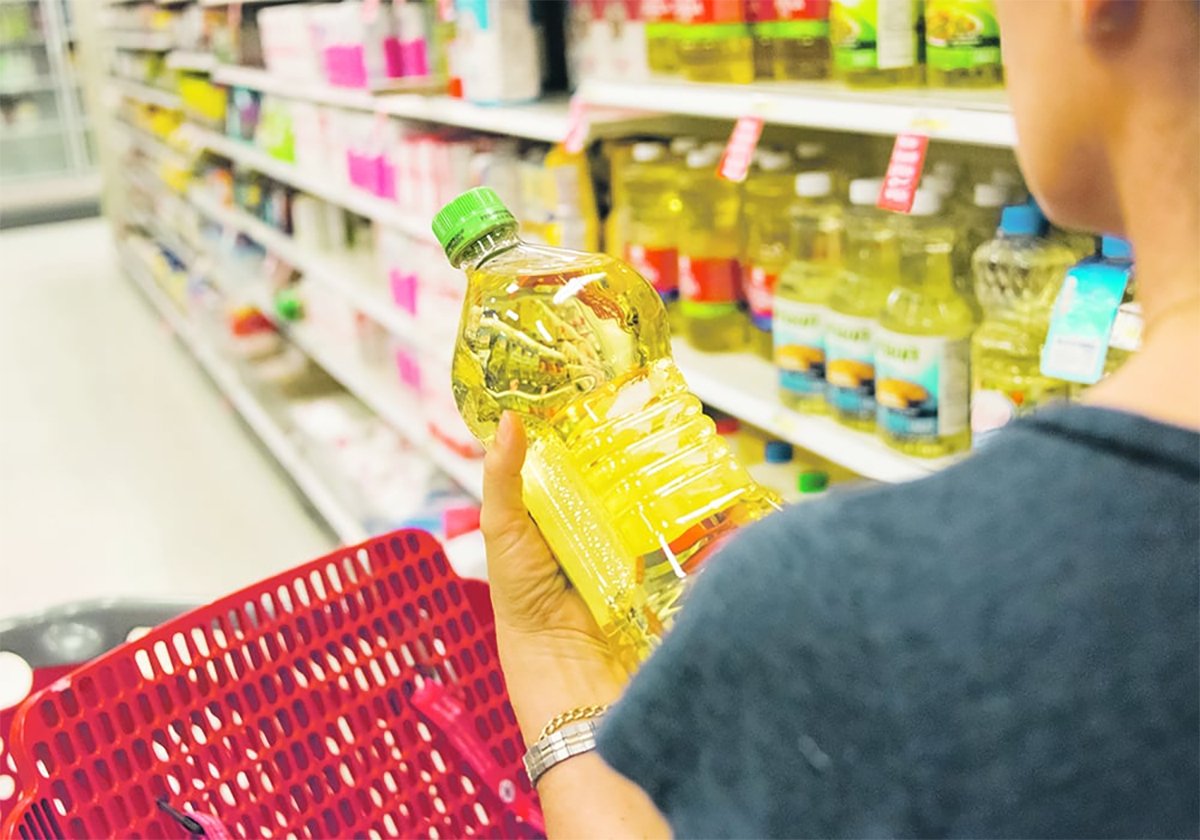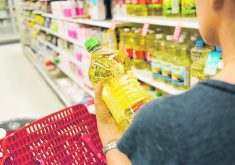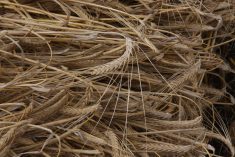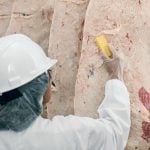That little acreage with a small flock of chickens, a couple of goats, a cow and not much else could become a starting point for diseases that devastate prairie livestock populations, veterinary experts told producers at the Keystone Agricultural Producers annual meeting.
It was a concern southeast Manitoba egg producer Cal Dirks shared.
“If people are given the right to privacy to the extent that their animals are not accounted for, and feel they do not have to adhere to common practices like vaccination programs, they are a risk,” said Dirks.
Read Also

Vegetable oil stocks are expected to tighten this year
Global vegetable oil stocks are forecast to tighten in the 2025-26 crop year, this should bode well for canola demand.
“They are not part of the industry network.”
John Kellar of the Canadian Food Inspection Agency and Gus Wruck of Manitoba Agriculture told farmers that having good information about where all livestock are is one of the best weapons to use against a foreign animal disease outbreak.
However, animal owners are not now required to report what animals they own. Authorities know about most commercial farms, but small, hobby-type farms with a handful of animals may not be known.
That is a worry, Wruck said, because “fringe” producers can become a launching pad for diseases like foot-and-mouth disease.
“Those producers could harbour a foreign animal disease, unknown to us, and be the source of infection for all the established herds, as it was in the United Kingdom,” said Wruck, who worked in Britain during the FMD outbreak there in 2001.
“That garbage feeder of pigs in the U.K. was basically a fringe producer,” said Wruck of the original source of the infection that caused massive damage to the sheep and cattle industries.
Wruck said a database is needed to give veterinary authorities good information control so an animal disease outbreak does not spread out of control. A GIS database helped British authorities eventually crush the FMD outbreak.
Kellar said such databases have not been implemented here because government officials want to make it voluntary at first rather than forcing everyone to use it.
Dirks said the danger of uncontrolled animals is growing because of a proliferation of small acreages with a few animals.
Commercial producers often have to follow health standards to deliver to processors, but marginal producers often do little to control disease risk in their animals.
“The government may have to get involved and bring them into some kind of protocol to minimize our risk,” said Dirks.

















